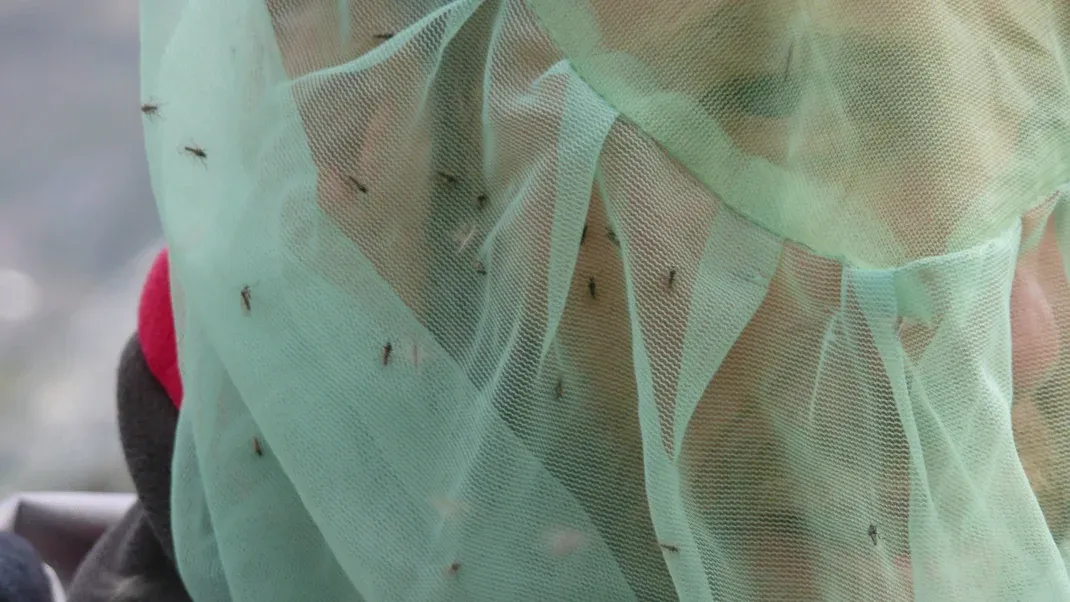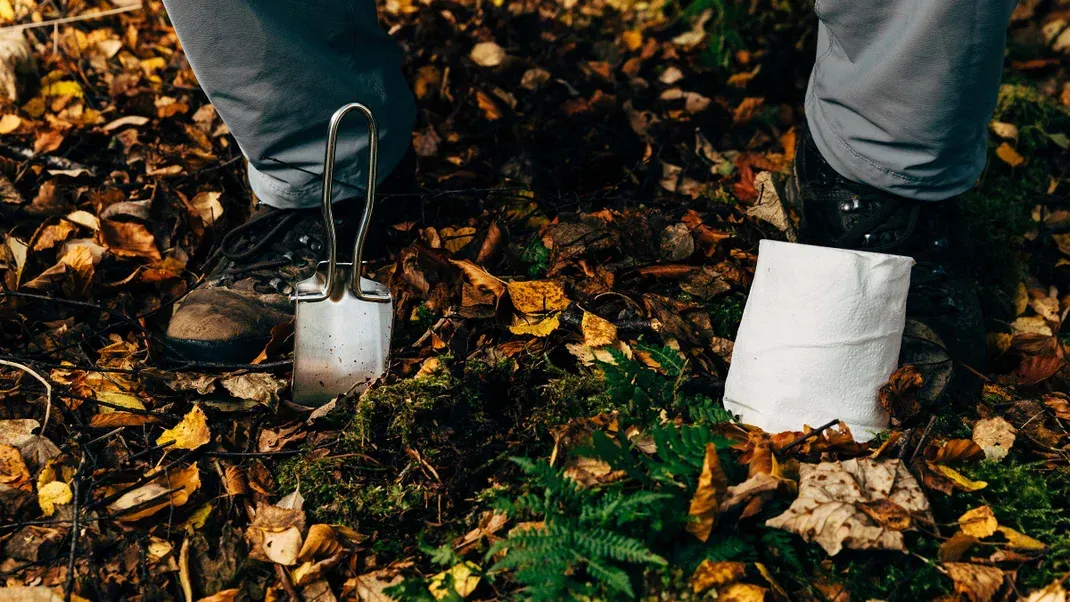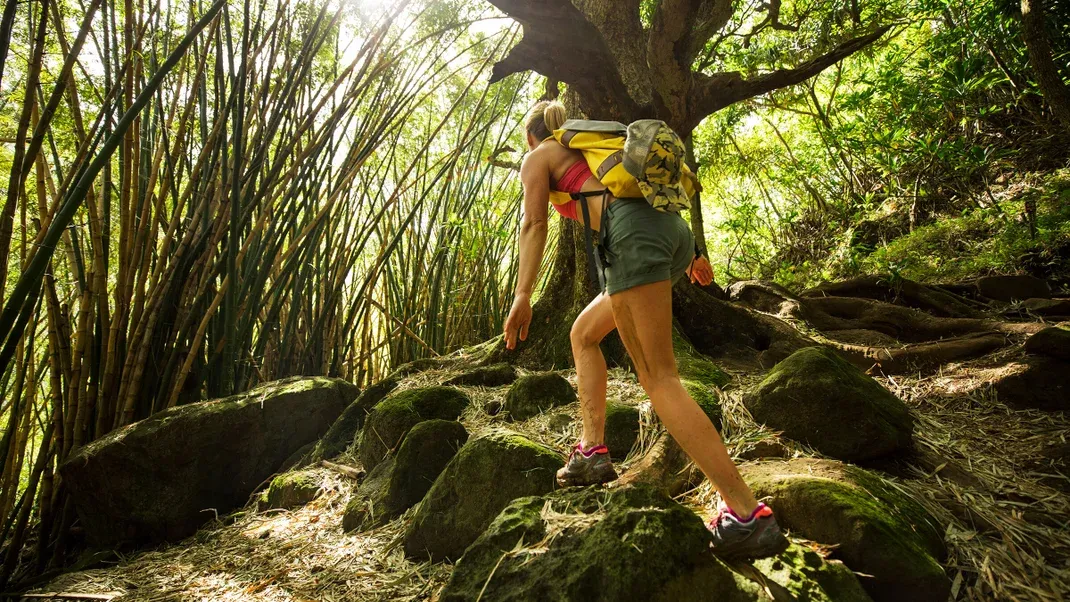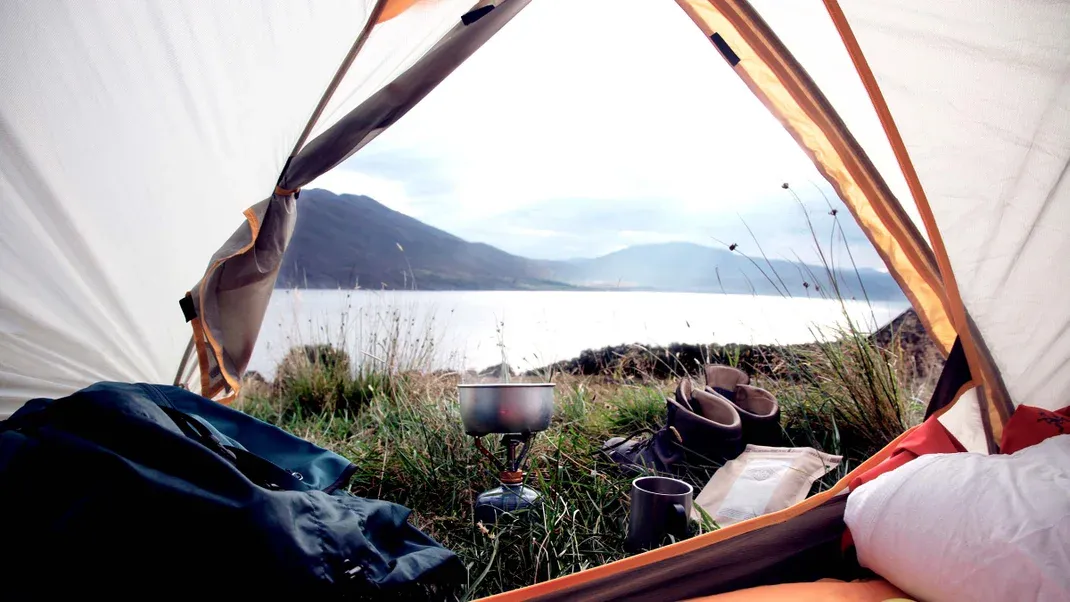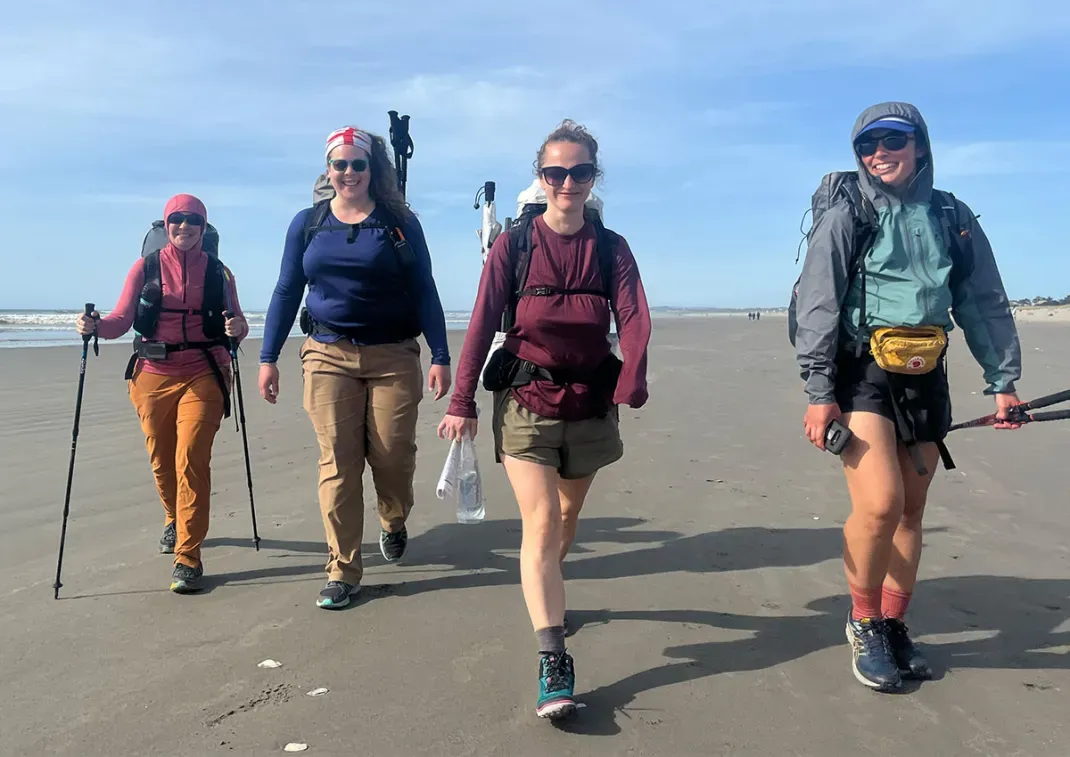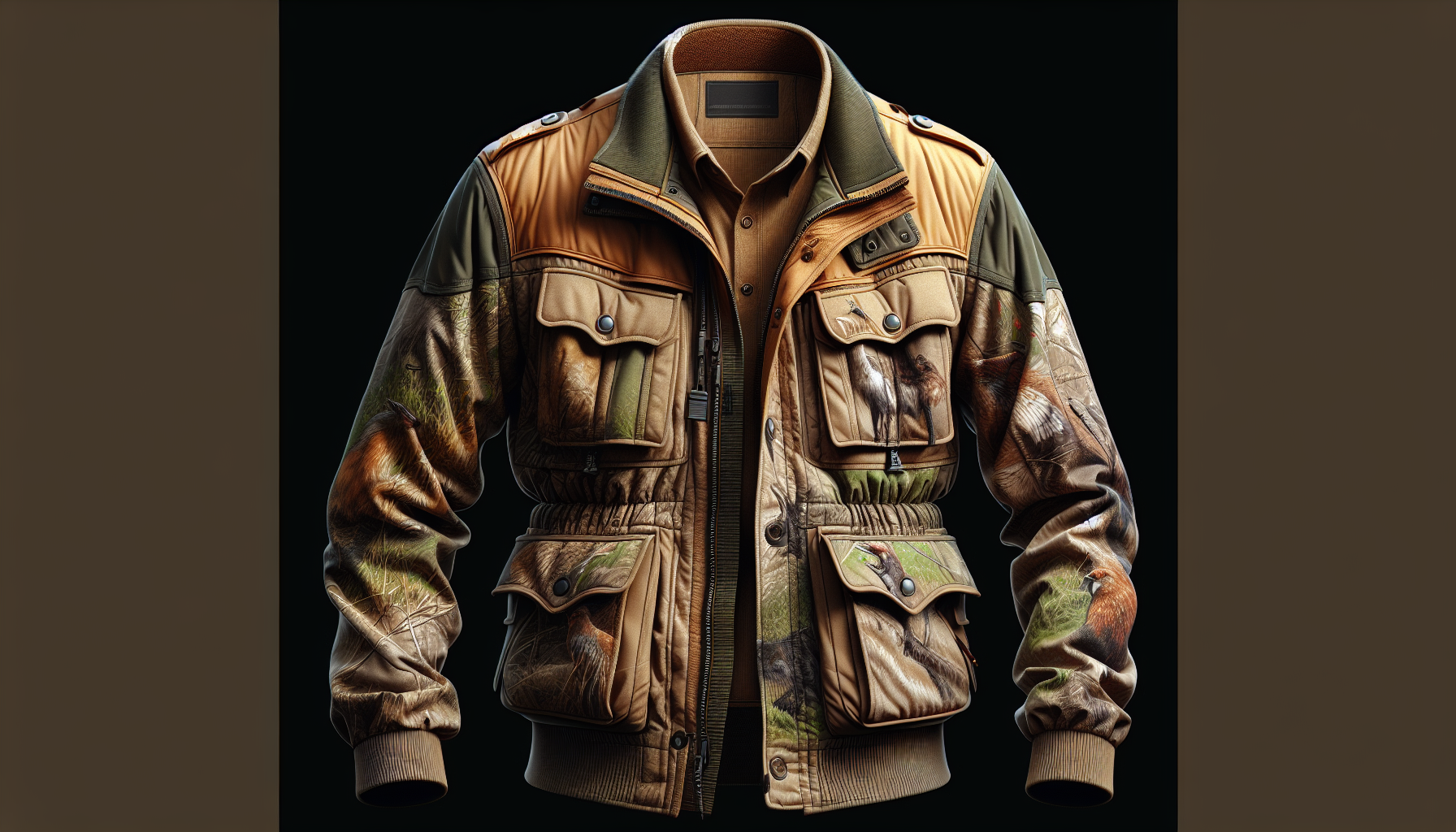What Hiking in One of the World’s Harshest Deserts Taught Me About Surviving Heat
Hiking in one of the world's harshest deserts taught me the importance of preparation and perseverance in surviving extreme heat. The unforgiving environment forced me to carefully plan my route, pack essential supplies, and stay hydrated. I learned to conserve energy and take breaks in shaded areas to avoid heat exhaustion. The experience also taught me to listen to my body and recognize the signs of dehydration and heatstroke. By adapting to the challenges of the desert, I gained a newfound appreciation for the resilience of the human spirit and the importance of staying calm and focused in the face of adversity.
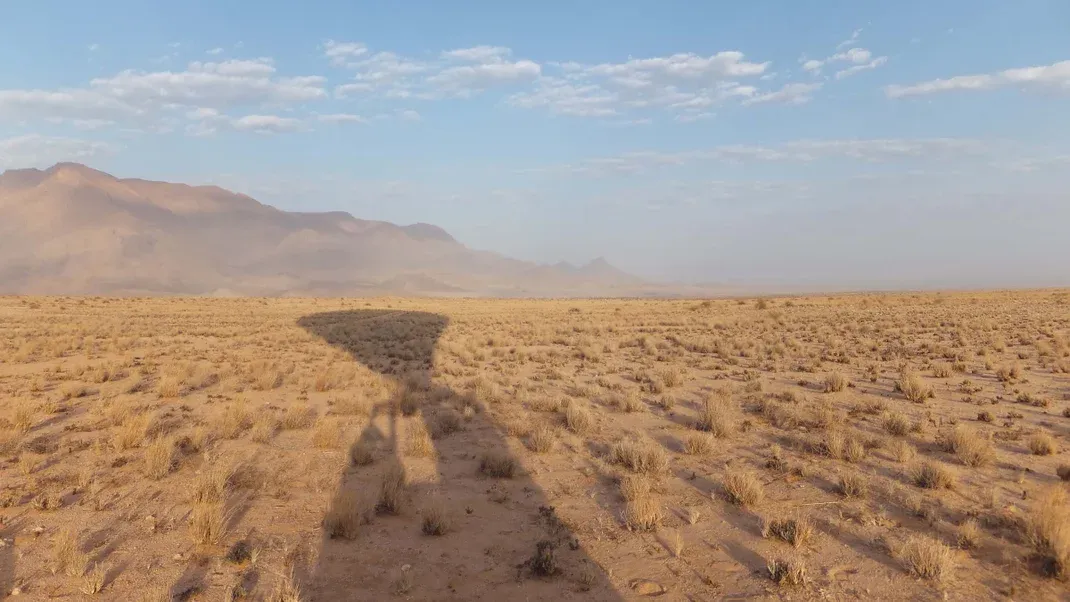
Hiking in one of the world’s harshest deserts taught me a lot about surviving extreme heat. The experience was both physically and mentally challenging, but it also provided me with a greater understanding of the importance of preparation and adaptation in such unforgiving conditions.
The desert I chose to hike in was the Sahara, the largest hot desert in the world. With its scorching temperatures, vast sand dunes, and limited water sources, the Sahara presents a formidable challenge for any hiker. As I set out on my journey, I knew that I would need to be well-prepared and vigilant in order to survive the intense heat and harsh environment.
One of the most important lessons I learned was the necessity of proper hydration. In the desert, water is scarce, and the heat can quickly lead to dehydration. I made sure to carry a sufficient supply of water with me at all times, and I also brought along water purification tablets in case I needed to replenish my supply from natural sources. Additionally, I made a conscious effort to drink small amounts of water frequently, rather than waiting until I felt thirsty. This helped to maintain my body's hydration levels and prevent the onset of heat-related illnesses such as heat exhaustion or heatstroke.
In addition to staying hydrated, I also had to protect myself from the sun’s relentless rays. I wore lightweight, light-colored clothing to reflect the sun’s heat and keep myself cool. I also made liberal use of sunscreen to prevent sunburn and minimize the risk of heat-related skin damage. Furthermore, I wore a wide-brimmed hat and sunglasses to shield my face and eyes from the sun, which helped to reduce the strain on my body and maintain my energy levels.
Another crucial aspect of surviving the desert heat was pacing myself and conserving energy. The high temperatures and challenging terrain demanded that I be mindful of my physical exertion in order to avoid exhaustion. I took regular breaks in the shade to rest and cool down, and I adjusted my hiking speed to match the conditions. By pacing myself and being mindful of my energy levels, I was able to maintain a steady and sustainable level of physical activity throughout the journey.
Moreover, I quickly learned the importance of acclimatizing to the extreme heat. As I continued to hike through the desert, my body gradually adapted to the oppressive temperatures, allowing me to better tolerate the heat and maintain my performance. This adaptation process was essential for my survival in such a harsh environment, and it underscored the significance of acclimatization in preparing for outdoor activities in extreme climates.
The mental aspect of surviving the desert heat was equally as important as the physical. The relentless sun, vast and seemingly endless landscape, and the absence of familiar landmarks made for a mentally taxing experience. I had to maintain a positive mindset and stay focused on the task at hand, despite the grueling conditions. I found that setting small, achievable goals for myself helped to keep me motivated and moving forward. Whether it was reaching a certain landmark, taking a brief rest, or simply staying hydrated, these small victories helped to bolster my mental resilience and keep me going.
Furthermore, I had to be prepared for unexpected challenges and setbacks. In the desert, the environment is unpredictable, and conditions can change rapidly. I encountered strong winds, sandstorms, and sudden drops in temperature, all of which required me to adapt and respond accordingly. I made sure to carry essential supplies such as a first-aid kit, emergency shelter, and extra food and water, in case I found myself in a situation where I needed to wait out a storm or seek refuge from the elements.
In the end, my experience hiking in one of the world’s harshest deserts taught me a great deal about surviving extreme heat. I learned the importance of proper hydration, sun protection, pacing, acclimatization, and mental resilience in such challenging conditions. By being well-prepared and adaptable, I was able to navigate the desert safely and come away with a newfound appreciation for the power of nature and the resilience of the human spirit.

